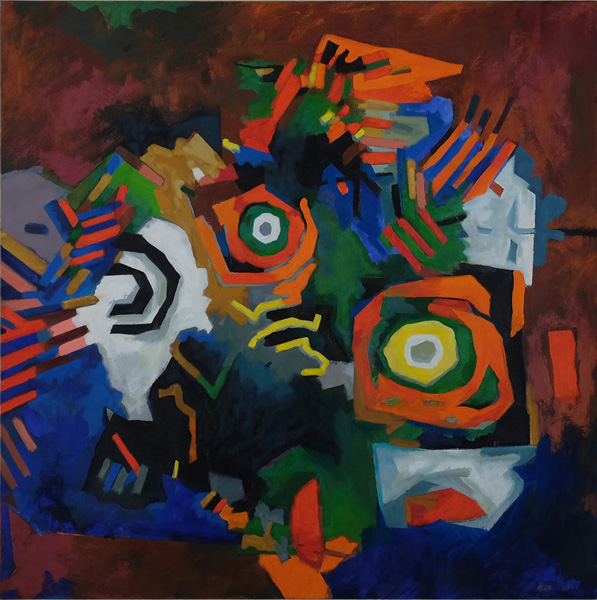Robert J. Anderson
Cape Ann Modernist
September 22 to October 16, 2016
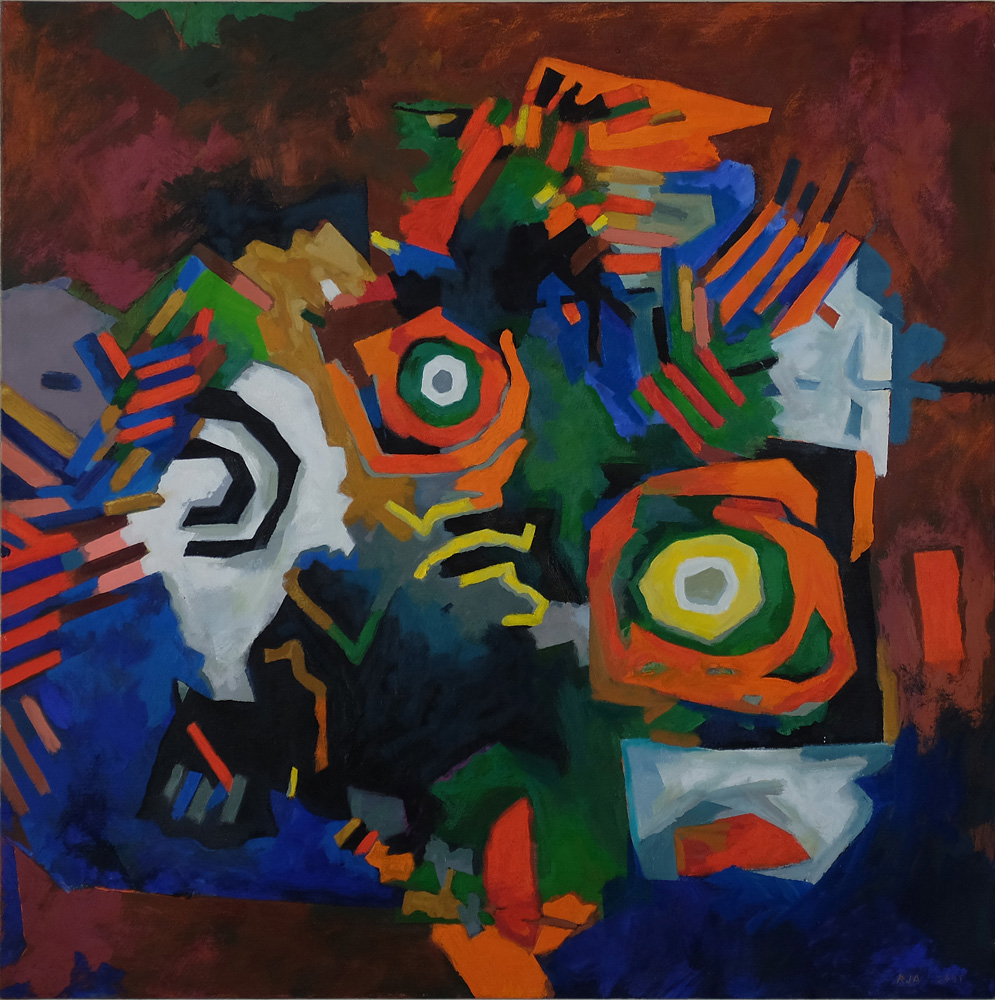
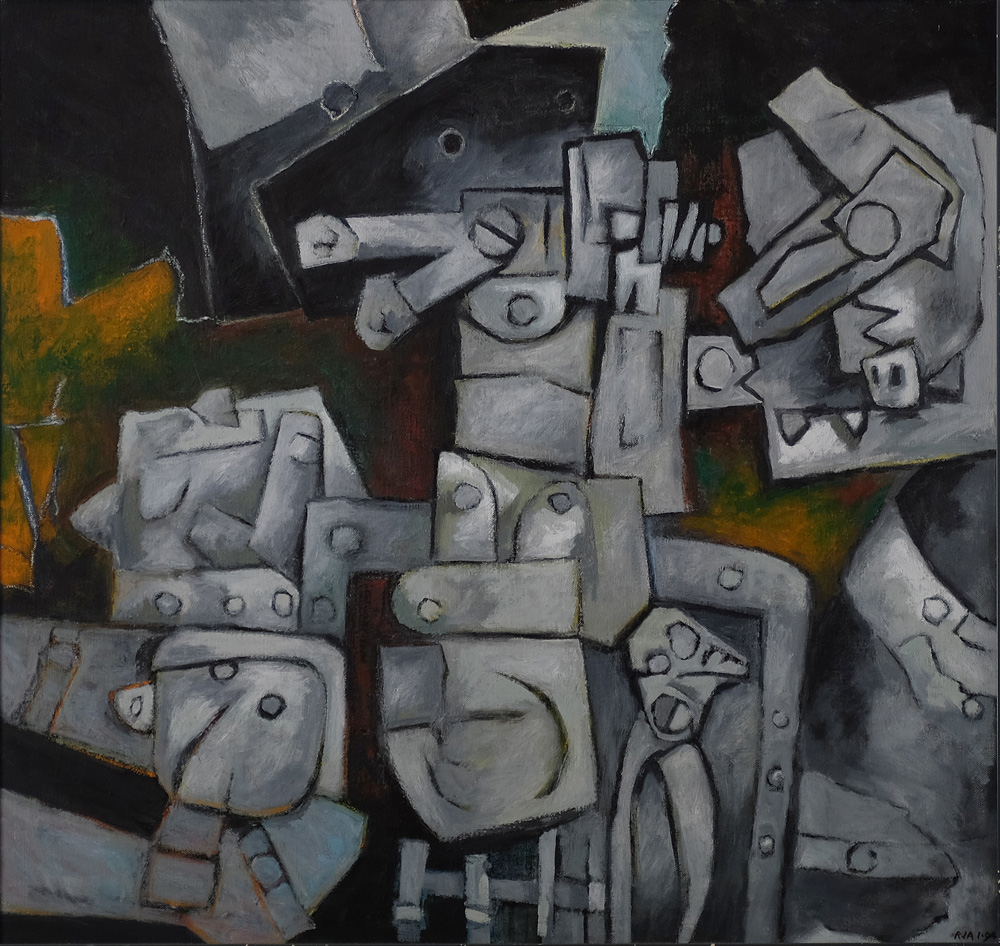
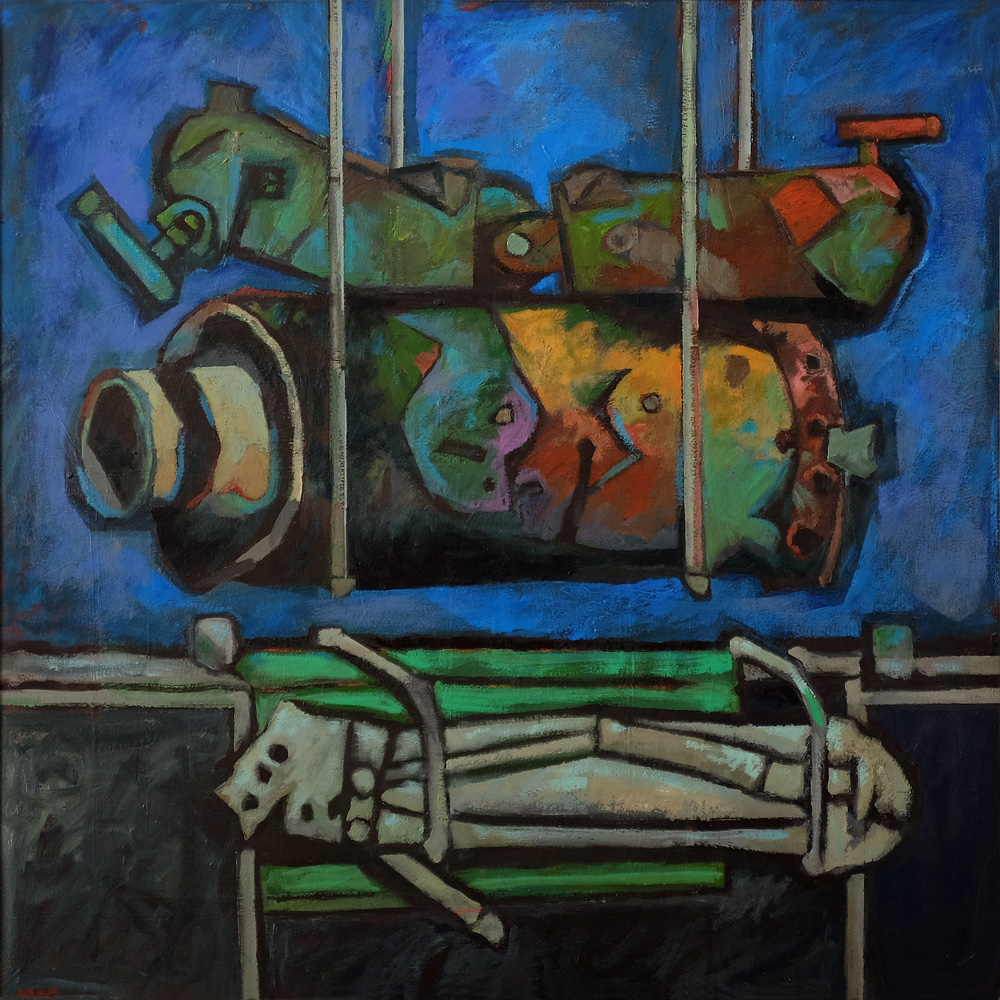
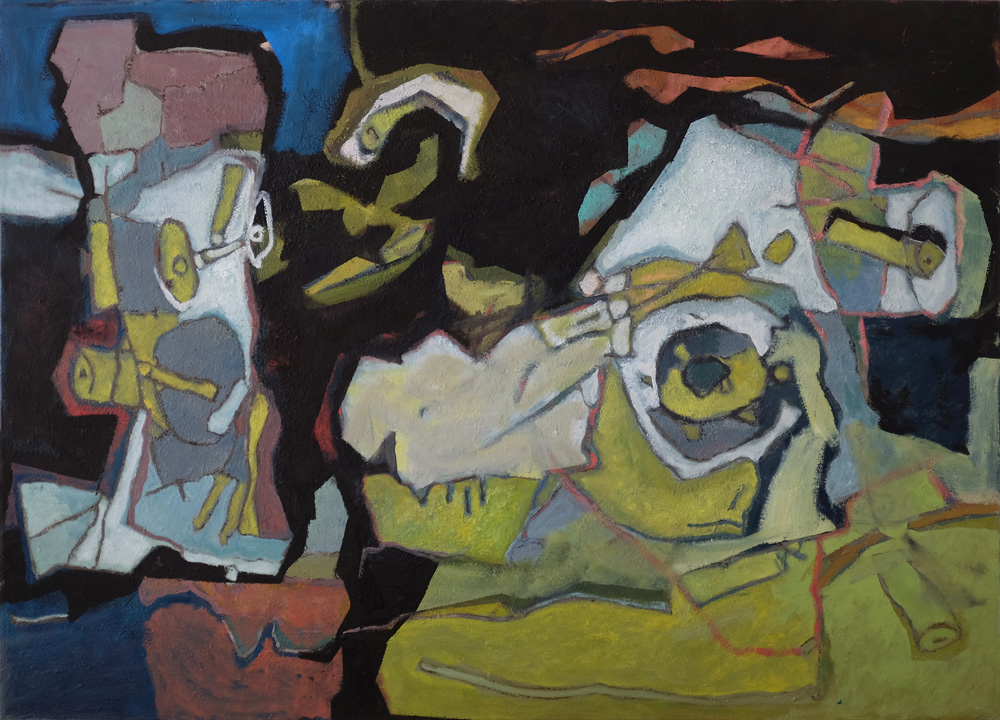
Quietly but persistently, Bob Anderson (1934–2016) created an astounding body of work, mainly oil paintings on canvas and paper, in his Pigeon Cove home studio over a period of forty-six years. An exuberant, restless inventor, he was a deeply observant and technically gifted artist.
Anderson’s roots were in the 1950s, a time of fertile experimentation in the arts. After attending the Art Institute of Chicago and winning the coveted Logan Art Institute Prize in 1957, he continued to paint and exhibit in the lively Chicago art scene until 1964, when he and his wife moved to New York City. In 1969 they came to Cape Ann to live.
Anderson was influenced by the German Expressionists as well as by contemporaries such as the Chicago Imagists, but he sought tirelessly to develop his own ideas. “I guess I could be considered eclectic in that I’ve gone through so many phases in my work,” he said. Motivated always by the next discovery and the challenge of finding new ways of seeing, he used the formal elements of his discipline as a structure for experiments in expression. With meticulous attention to detail, he often produced works in series, pushing through the variations to the revelation.
Anderson’s work, never static, made playful use of many materials. He created sculptures in wood and reliefs in concrete and paint, produced silkscreens on fabric, and incorporated stencils in his oil paintings. His keen sense of humor shines in his figurative paintings and ink drawings, where people with exaggerated features consort with pigs on a busy street corner, dogs dance with women, and figures morph seamlessly into machines and vice versa.
Anderson’s independent spirit was obvious from the start. Early in his career he had a one-man show at Crown Hall, Mies van der Rohe’s landmark glass building at the Illinois Institute of Technology in Chicago, which ended abruptly because the administration found his paintings too shocking. Many of Bob’s oils are suggestive of the landscape he loved here on Cape Ann. Though not representational, they make use of the forms and colors of the cracked and broken granite, the earthy tones of the woods, the light of the sea. “You can’t get it out of you,” he remarked.
Bob Anderson's art was his life, and this exhibition takes us through the many facets of that well-lived life. A beloved figure on Cape Ann, he will be missed by all who knew him.

